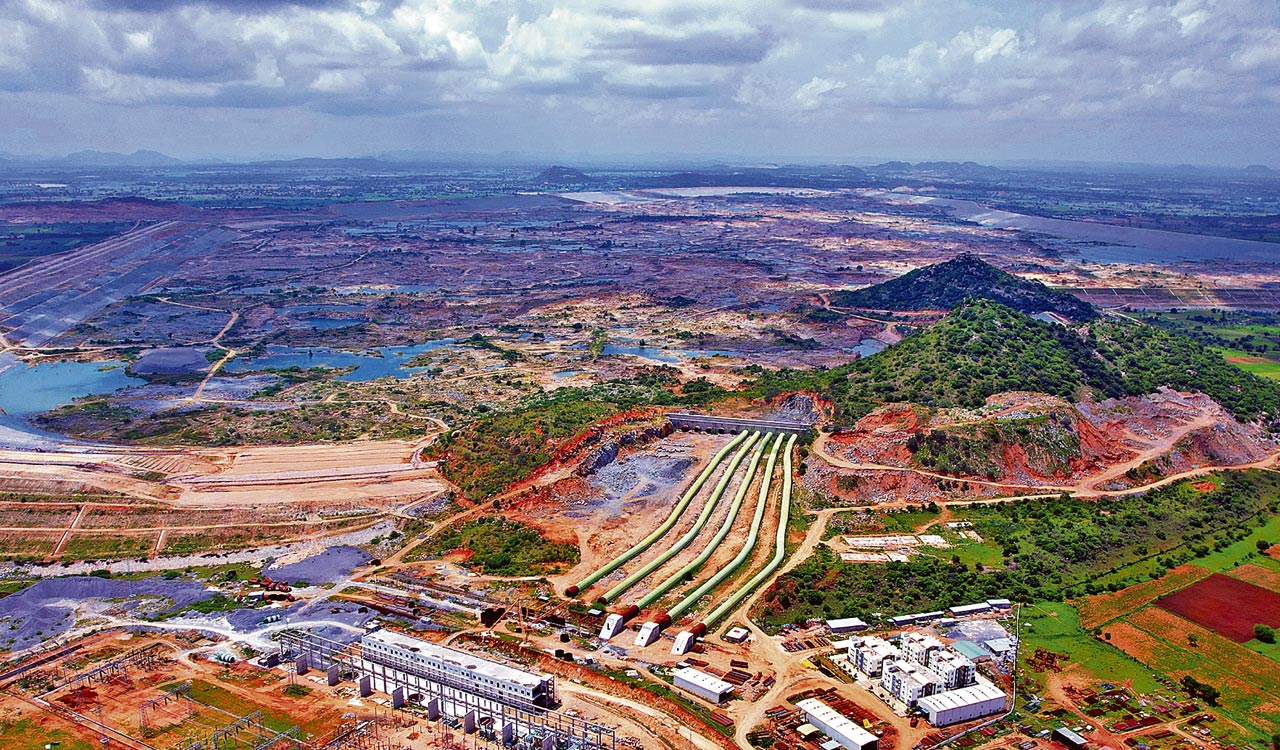The project taken up to ensure food security by meeting the drinking water and the irrigation needs of one of the most backward pockets of the country had to go through an arduous process involved in fierce legal wrangles
Published Date – 09:07 PM, Sat – 16 September 23

Hyderabad: The Palamuru RangaReddy Lift Irrigation Scheme (PRLIS), unveiled by Chief Minister K Chandrashekhar Rao on Saturday, is the outcome of a rigorous scrutiny by national agencies. Every clearance accorded to it so far is victory that came the hard way. Undeterred by the hurdles, the State thrived taking lessons from turbulence.
The project taken up to ensure food security by meeting the drinking water and the irrigation needs of one of the most backward pockets of the country had to go through an arduous process involved in fierce legal wrangles.
Though the project was conceived in the undivided State, Andhra Pradesh became the prime litigant out to scuttle its progress at every step. The implementation of at least the drinking water component of the scheme should have been hassle free. But it was not until the Supreme Court could intervene.
Right from day one of project implementation, Andhra Pradesh started contesting on every count, despite the fact that Palamuru had experienced a massive exodus in search of water and livelihoods. As part of the move to stall the project, AP wanted the works stalled on the plea that environmental clearance was awaited. The stand of the State government was challenged in the National Green Tribunal by involving farmers too from Andhra Pradesh.
Though the State had given its commitment to implement the irrigation component only after environmental clearance, it was slapped with penalties in a big way. The State moved the Supreme Court on the penal provisions invoked by the NGT.
The PRLIS was added by the Centre to the list of projects being implemented sans due approvals. The State had set up a special cell headed by an executive engineer in Delhi to pursue clearances for PRLIS along with all other projects proposed in the Godavari and Krishna basins.
Consideration of the DPRs called for establishing support of assured water sources. It is viewed mandatory even to fight legally for the pending clearances. The State could establish availability of 90 tmc of assured water from PRLIS. About 45 tmc of it was what it could save from the allocations minor irrigation sector and 45 TMC which it was entitled to in lieu of the Godavari water being diverted by AP to Krishna basin through the Pattiseema Project.


